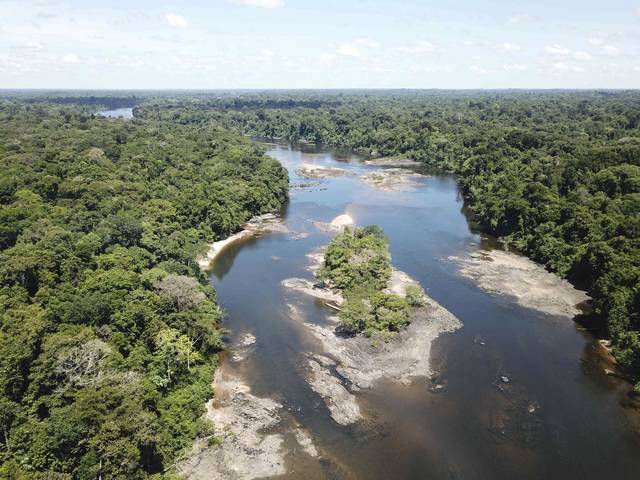Powerful new electric eel found in South America
Researchers report two newly discovered species of electric eels in South America, one of which can deliver a bigger jolt than any other known animal.
The researchers collected 107 eels in four countries and found differences in their DNA, along with minor physical variations.
One species had the ability to generate 860 volts of electricity, more than the 650 volts discharged by the only previously identified type of electric eel.
While 250 species of fish in South America generate electricity, only electric eels use it to stun prey and for self-protection.
Study leader C. David de Santana of Smithsonian National Museum of Natural History says the discovery illustrates the importance of protecting and studying the Amazon rainforest area.
The study was published this week in the journal Nature Communications.
Remove the ads from your TribLIVE reading experience but still support the journalists who create the content with TribLIVE Ad-Free.




